Sri Lankan architecture shows an influence of Buddhist style, as well as European and Asian styles. The ruins of the ancient kingdoms in the country are testimonies and evidence of the intelligence of the people and their knowledge of science and technology, town planning and design which is complemented by the aesthetic beauty of the country.
Ancient Architecture of Sri Lanka
Sri Lankan history is visible through architecture. In the olden times, we can see some architectural marvels which have been done by man without the use of modern technology which we have today.1. Cave Temples
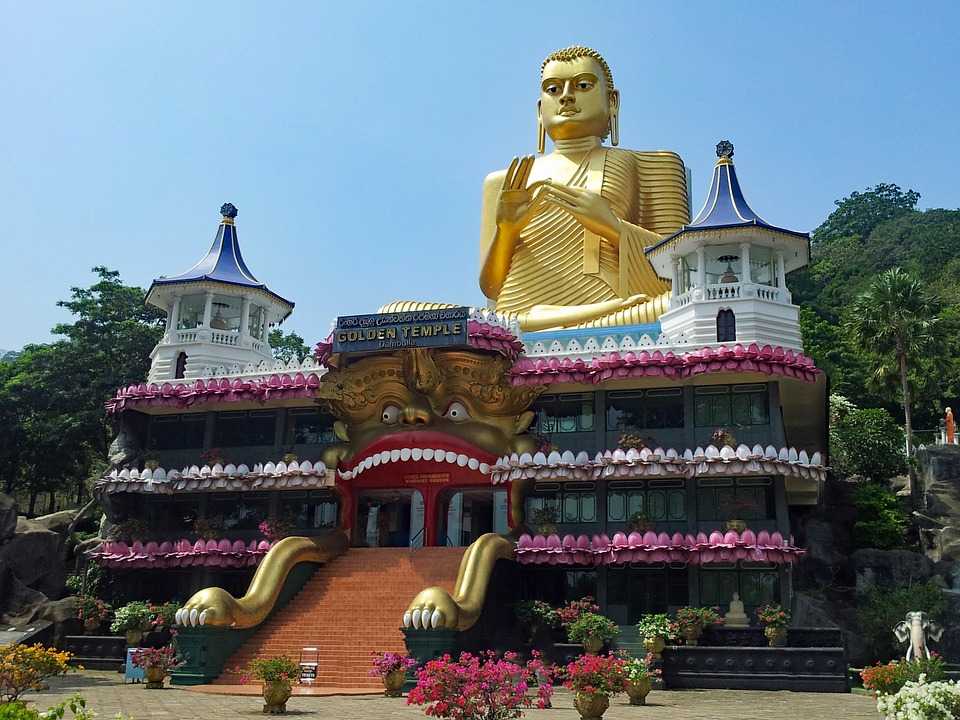
One of the earliest evidence of Sri Lankan architecture is visible in the form of the different cave temples. Some of the unique and inspiring features of the cave temples include the use of a drip ledge to prevent rainwater from entering into the caves. Complimenting this unique feature is the walls and roofs, which are plastered and adorned with beautiful paintings to enhance the beauty of the caves.
- Mulkirigala
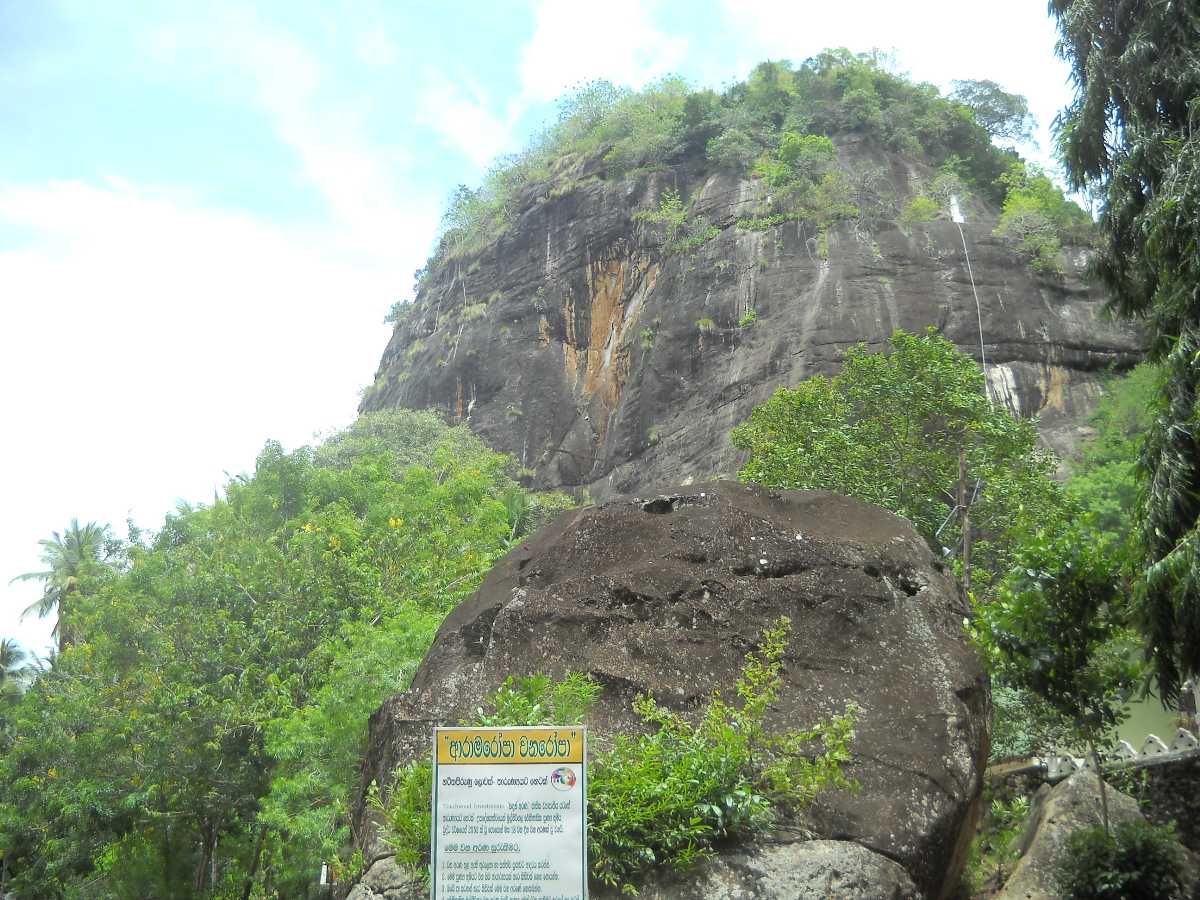
This beautiful and peaceful temple is in the heart of Little Sigiriya, which is surrounded by beautiful palm trees. The temple is believed to have been constructed somewhere between 461 and 479 CE by the King Datusena and later developed by King Kirti Sri Rajasinghein, in the 18th Century CE. The rock temples of Mulkirigala are a beautiful union of seven different cave temples which are at different altitudes.
- Dambulla
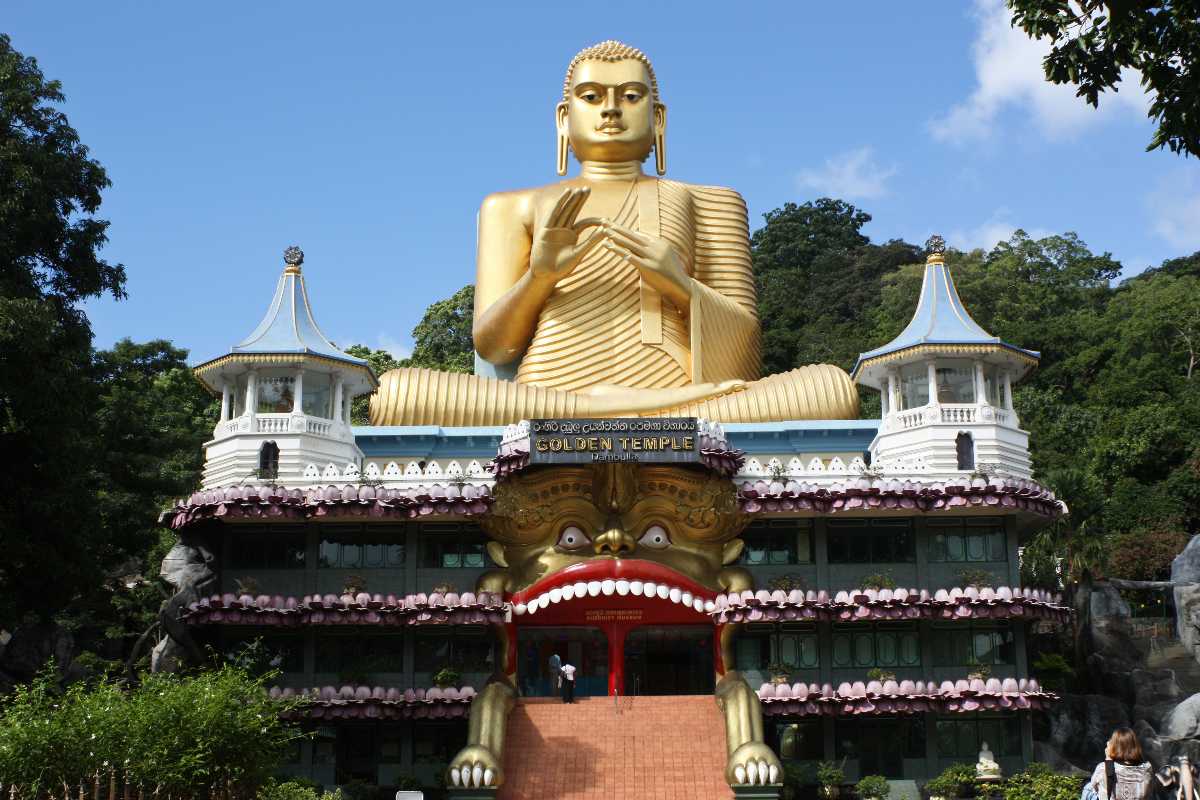
The Dambulla Cave Temple is the largest cave temple of Sri Lanka. Today, you can witness three statues of Sri Lankan kings and queens, along with statues of Gods and Goddesses, and Gautama Buddha. Legend has it that the Dambulla city was constructed by the King Vattagamini to protect him from South Indian invasion and it was later transformed into Buddhist temples.
Some of the other famous cave temples included- rudimentary cave temples in Mihintale, Situlpahuwa, Gal Vihara, and Polonnaruwa.
2. Dagobas or Stupas
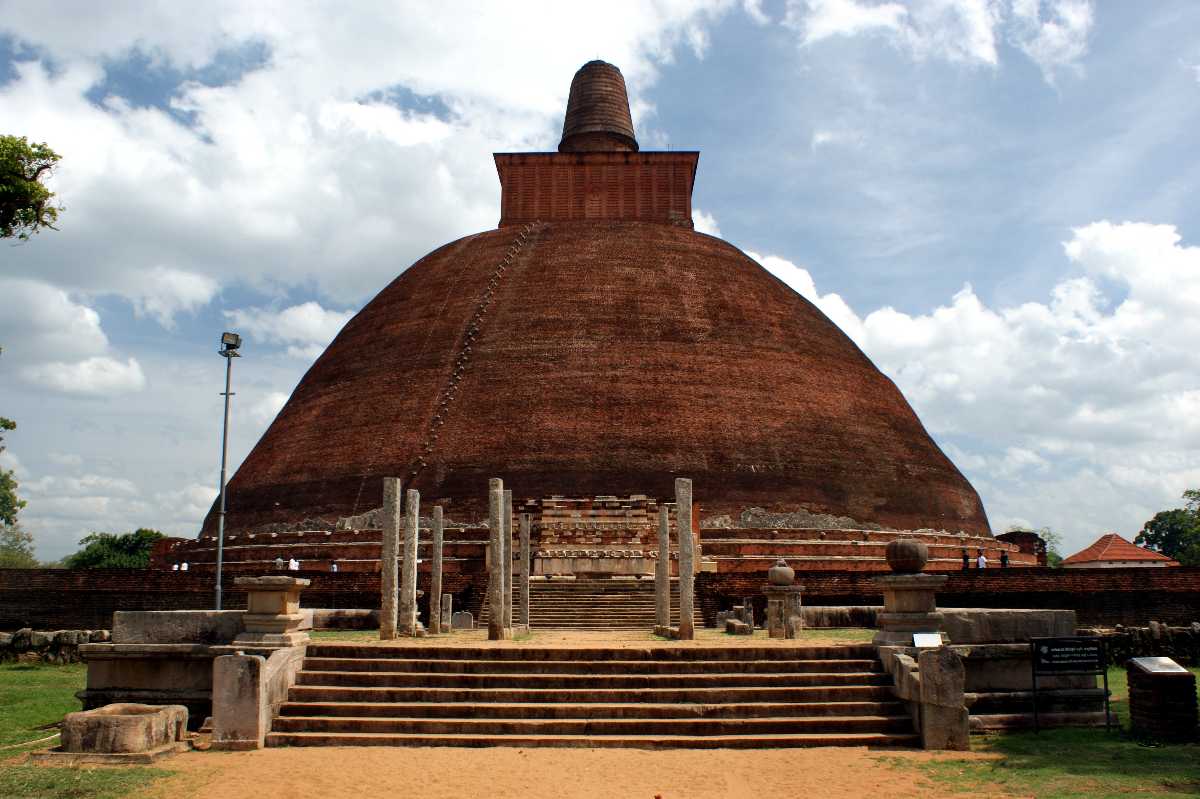
Different names like Dagobas and Cetiyas know the stupas of Sri Lanka are some of the outstanding architecture of Sri Lanka. The stupas which were designed and constructed in Sri Lanka are some of the unique structure of the pre-modern world. The country boasts of many large as well as small stupas which have been built by the many kings who ruled the island. Some of the famous stupas found in Sri Lanka include:
- Thuparamaya
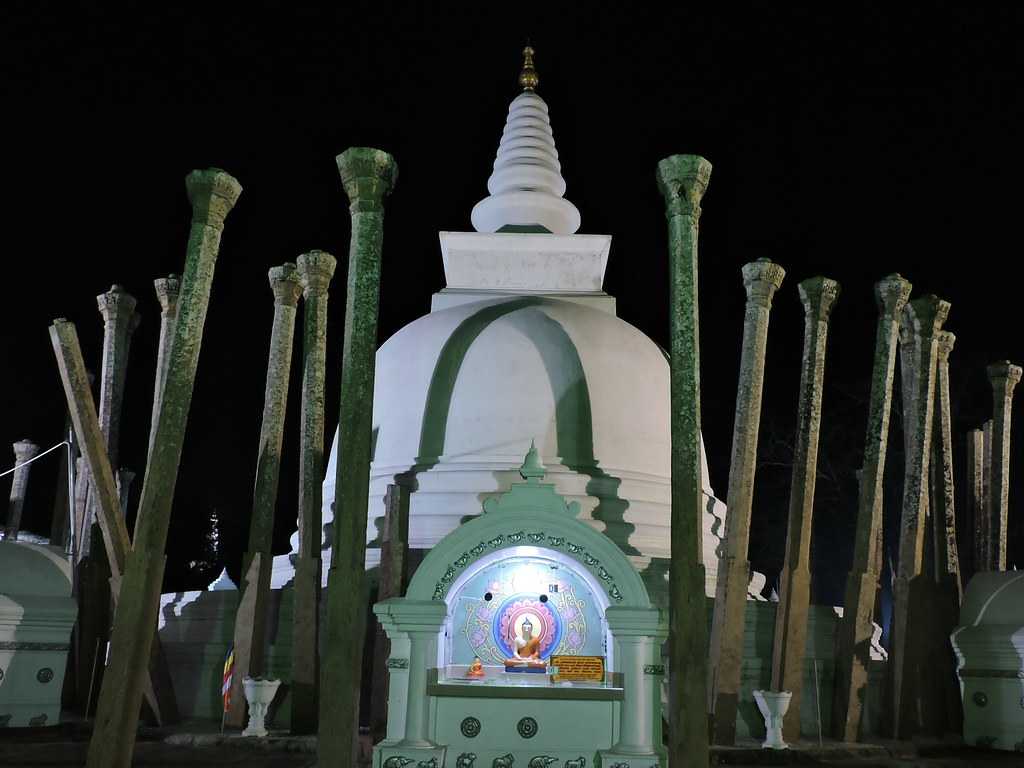
The Thuparamaya is the first stupa which was built in Sri Lanka. This historic structure was built by King Devanam Piya Tissa to enshrine and preserve the collar bone of Buddha. The stupa consists of both a residential complex which is accompanied by a meditation centre.
- Jetavanaramaya
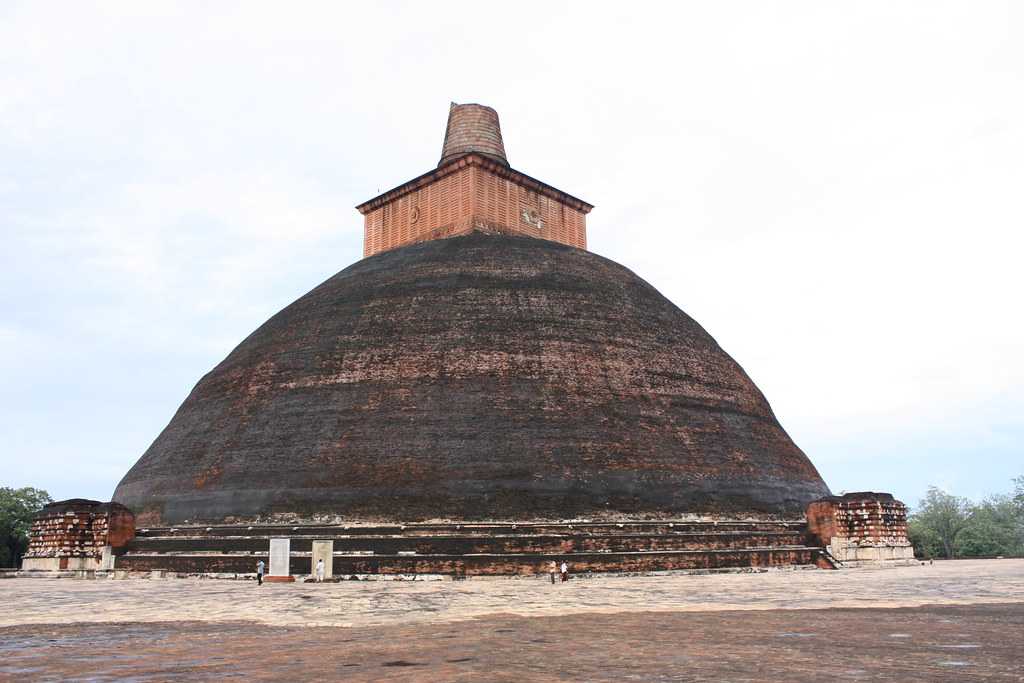
The Jetavanaramaya is the largest stupa of Sri Lanka and is regarded as the tallest stupa of the world and the third tallest structure in the world when King Mahasena of Anuradhapura built it.
3. Vatadage
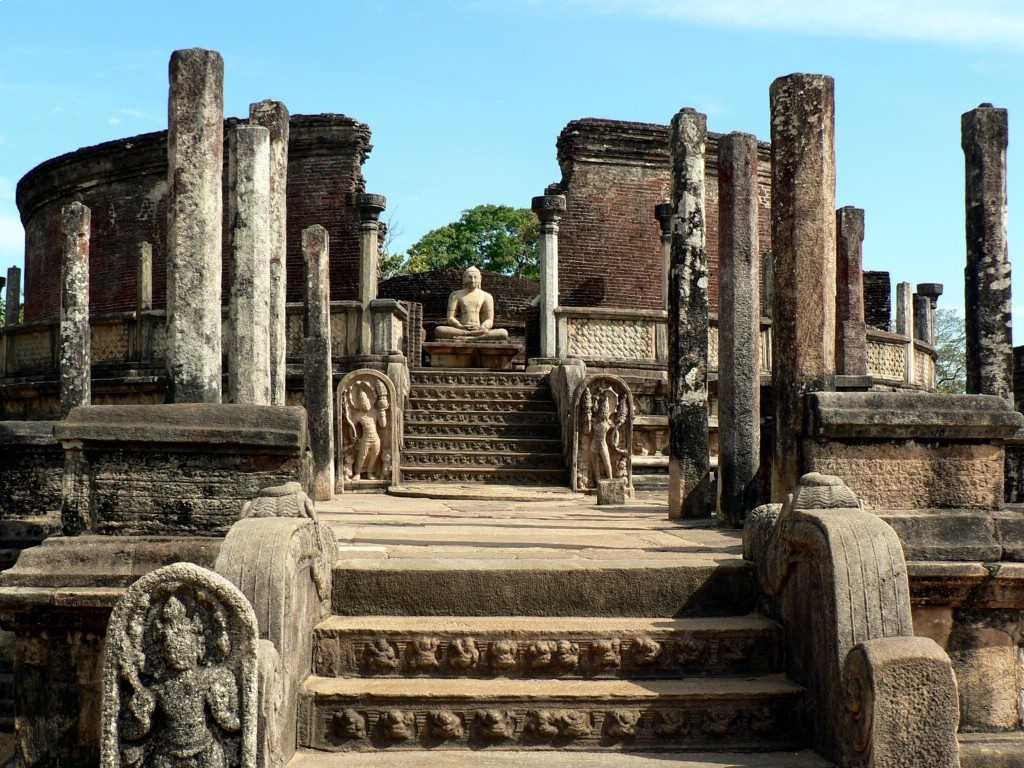
Another ancient architecture of Sri Lanka is the Vatadage, which represents the changing perspective of the stupa with the island. The shape of the Vatadage has transformed from a square to a circular form. The most ancient of this structure is found in Polonnaruwa, which was one of the most famous cities in ancient times and a flourishing commercial and political hub.
4. Palaces
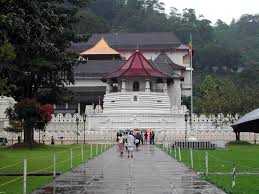
Sri Lanka as a country was ruled over by many kings and queens; thus, it is but natural that they have built some beautiful castles. A total of five different royal palaces exist in the country which has some of the same imperial architectures of Sri Lanka which include a ground plan, galleries, courtyards, and so on.
The five palaces comprise of- Vijayabahu's castle in the inner city at Anuradhapura, the palaces of Nissanka Malla and Parakramabahu in Polonnaruwa, the palace of Sugala in Galabadda in the Uva province, and Parakramabahu's palace in Panduwasnuwara near Hettipola, when he was ruling over Malaya rata.
The Architecture of Sri Lanka in the Colonial Period
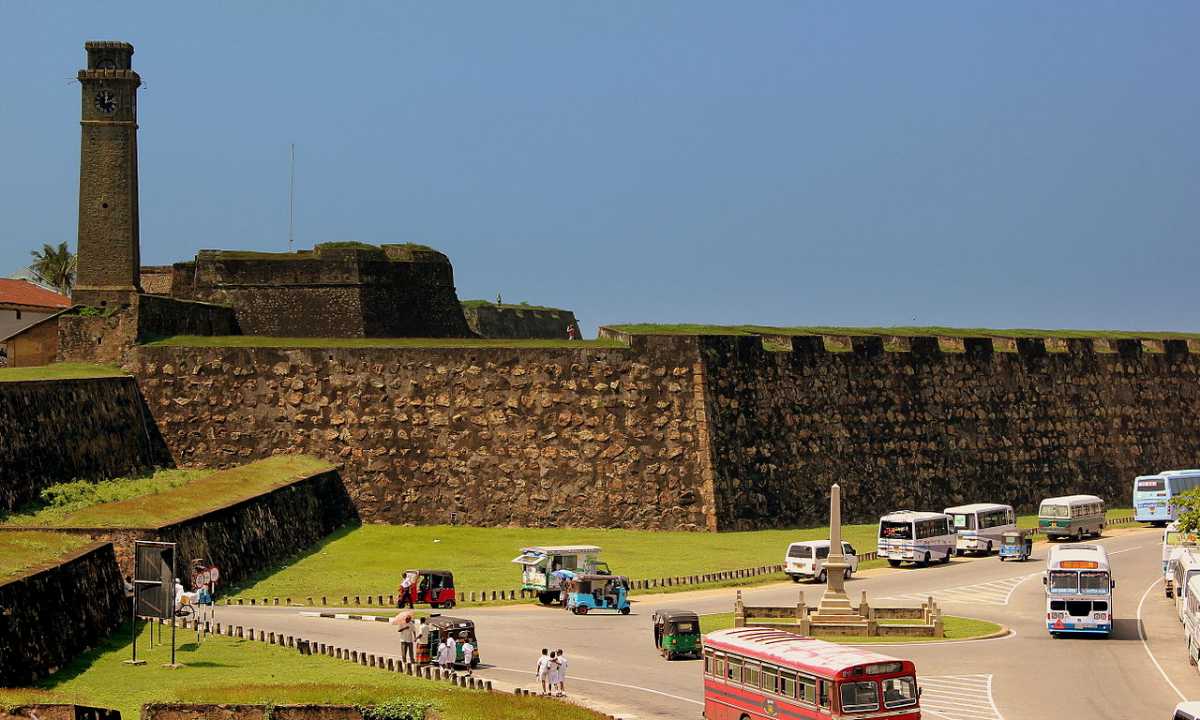
The next period of change in Sri Lankan architecture is visible from the structures constructed by the foreign invaders in the Colonial period. The buildings can be easily distinguished by their unique design and thick stone walls, and are referred to as Colonial buildings. Some of the examples of these buildings include the Dutch fort at Galle, and Colombo Fort area, even Negombo is filled with some old fashioned European style churches.
1. Galle Fort
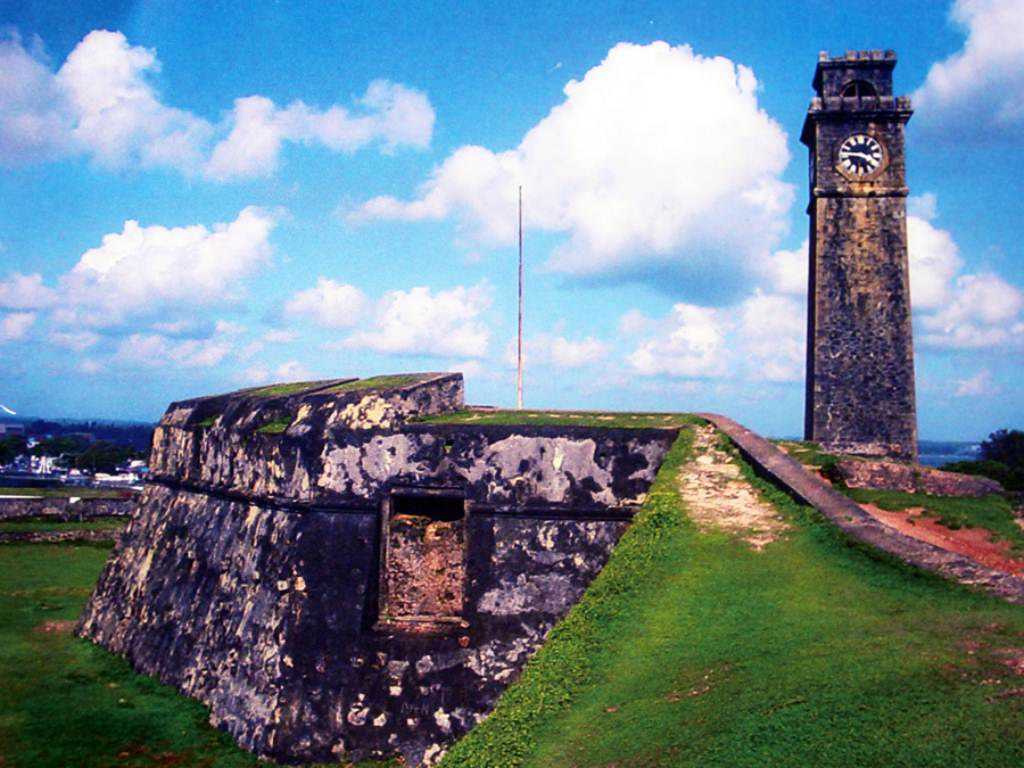
The Galle Fort lies in the south-west part of Sri Lanka, and due to its unique structure, it is also observed as a World Heritage Site by UNESCO. It was initially built by the Portuguese in 1588 and was later fortified by the Dutch. The fort has a beautiful structure and history which intrigues and attracts many tourists to its beauty.
Post-Independence Period Architecture in Sri Lanka
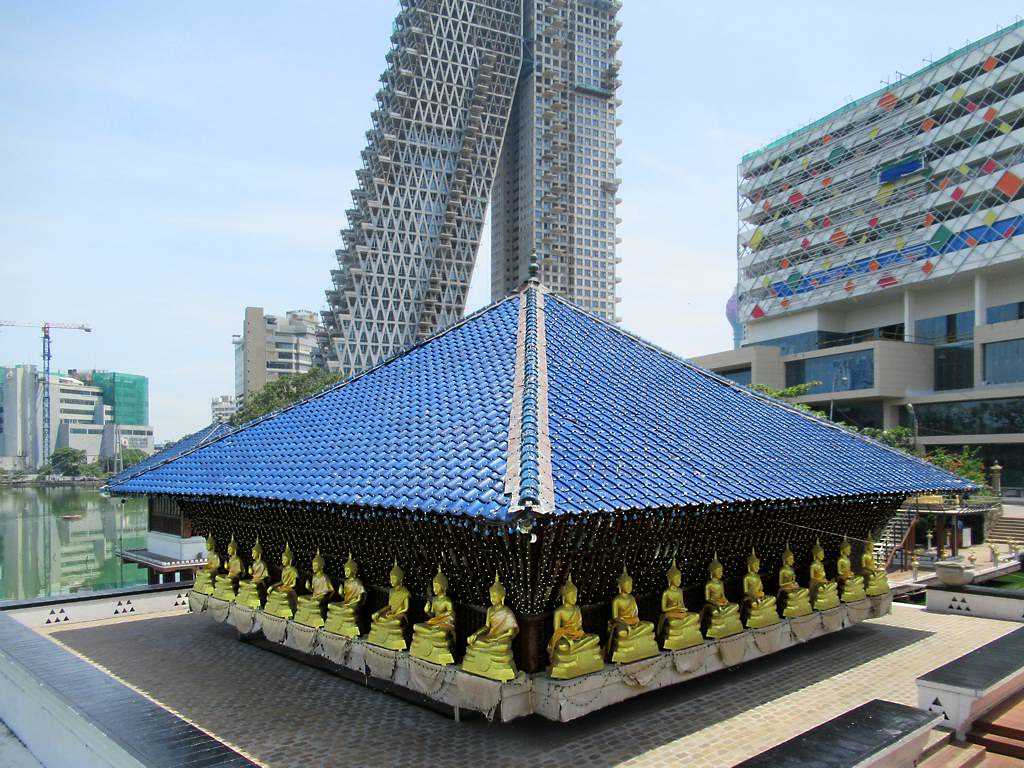
You can see how the different architectural styles have transformed in Sri Lanka from the ancient to the colonial period and finally to the post-independence period. This period comprising of the 1960s, 1970s, 1980s is known as a period of tropical modernism. In this period, the architectural style by Geoferry Bawa is of great significance. Bawa's work is continued by many other architects of the country who try to optimize the service by paying close attention to the design and customizing it according to the needs of the users.
Today, Sri Lanka's architectural style has evolved to a sustainable architecture where you can see plants around the structure to provide an atmosphere of natural cooling and reducing the need for air conditioners. Thus, make it a point to visit some of the famous architectures of Sri Lanka which will leave you spellbound.
